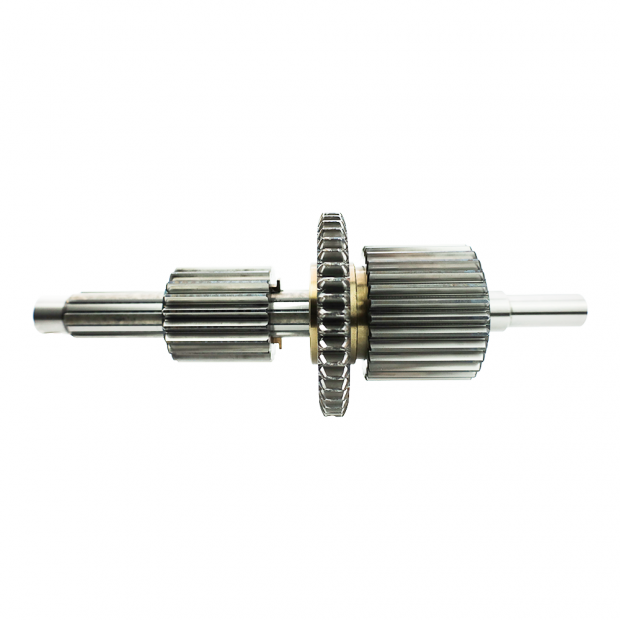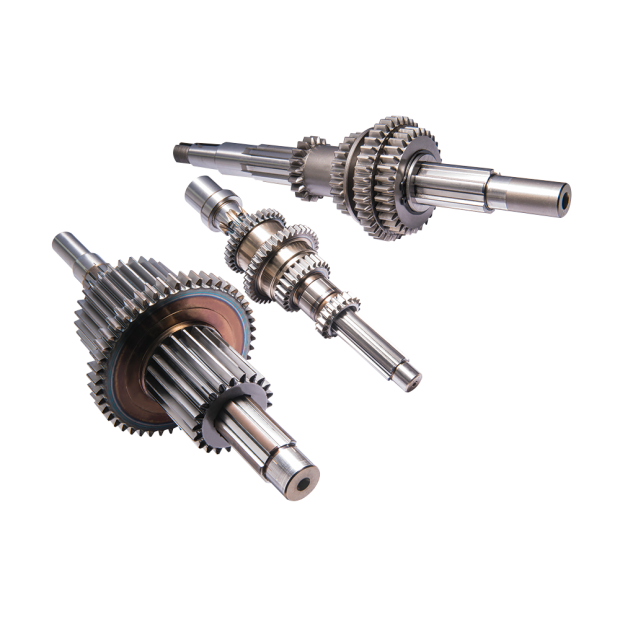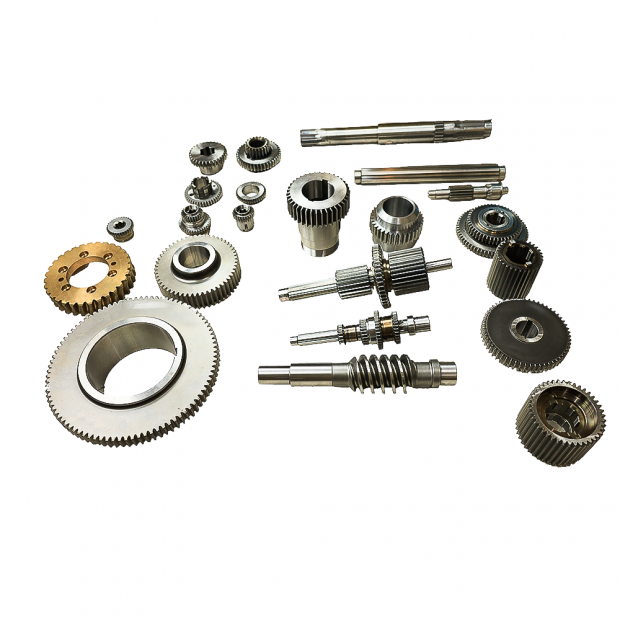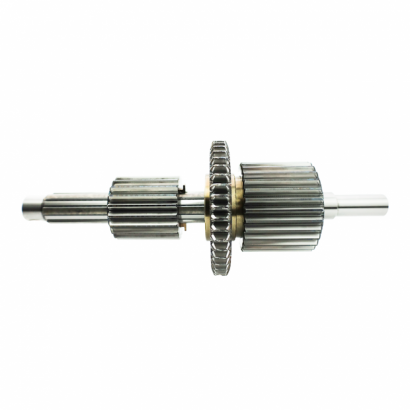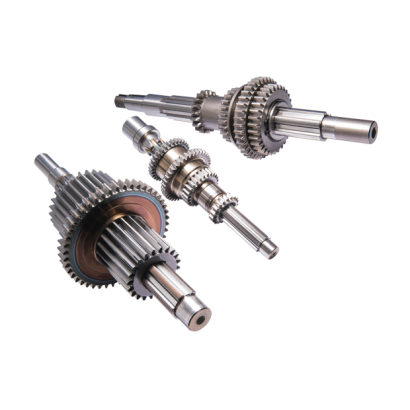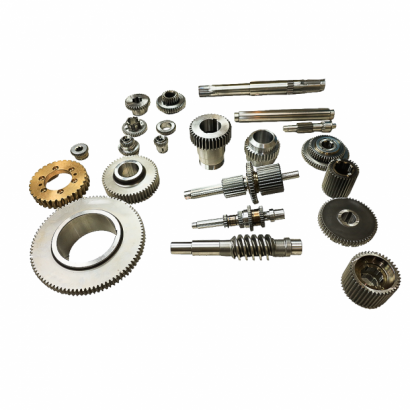-
Transmission Systems: Gears are used in transmission systems of tractors and other agricultural vehicles to transfer power from the engine to the wheels or implements. They help in achieving the desired speed and torque necessary for different tasks such as plowing, planting, and harvesting.
-
Power Take-Off (PTO) Mechanisms: Agricultural machinery often utilizes PTO systems driven by gears to transfer mechanical power from the tractor to attached implements such as mowers, balers, and sprayers. Gears in PTO systems ensure efficient power transmission at various speeds and torque levels.
-
Gearboxes: Gearboxes in agricultural machinery contain gears that enable speed reduction or increase as required by different implements and operations. They ensure that the engine's power is utilized effectively for tasks such as adjusting ground speed or operating hydraulic systems.
-
Harvesting Equipment: Gears are integral to the operation of harvesting machinery, including combines and harvesters. They facilitate the movement and processing of crops, such as threshing and separating grain from stalks, ensuring efficient harvesting operations.
-
Tillage and Planting Equipment: Gears are used in tillage and planting equipment to adjust the depth and spacing of implements such as plows, seeders, and cultivators. They enable precise control over the soil preparation and planting processes, enhancing crop yields.
-
Steering and Control Systems: Gears are employed in steering and control systems of agricultural machinery to ensure smooth and responsive operation, allowing operators to maneuver equipment effectively in various field conditions.
In summary, gears for agricultural machinery play vital roles in facilitating power transmission, speed control, and operational efficiency across a wide range of farming activities. They are designed to withstand rugged conditions and provide reliable performance to support agricultural productivity and sustainability.

